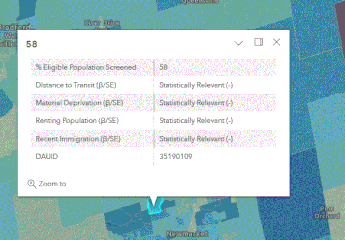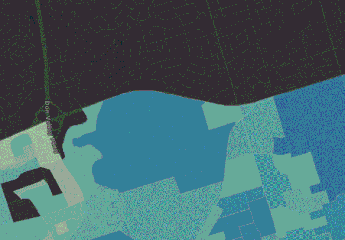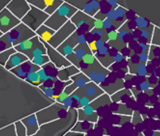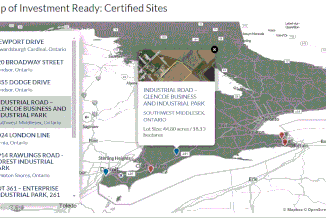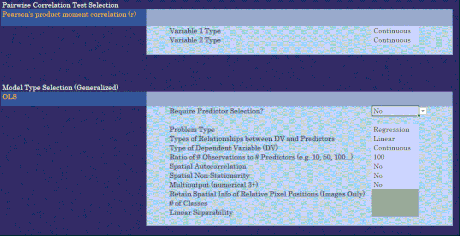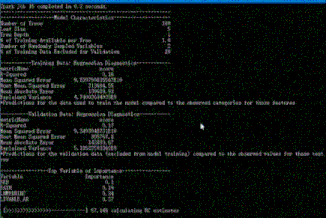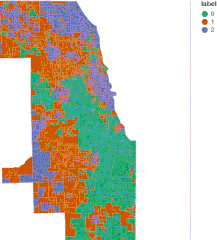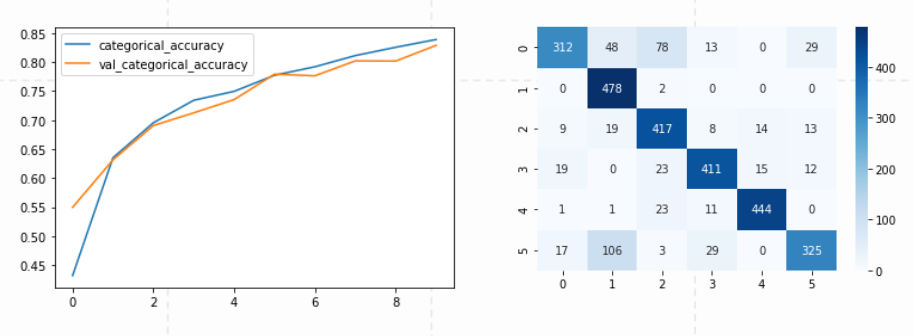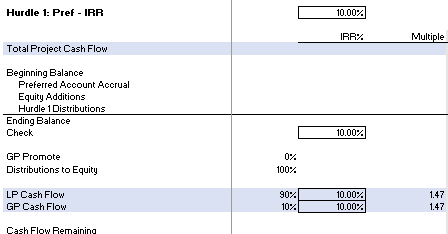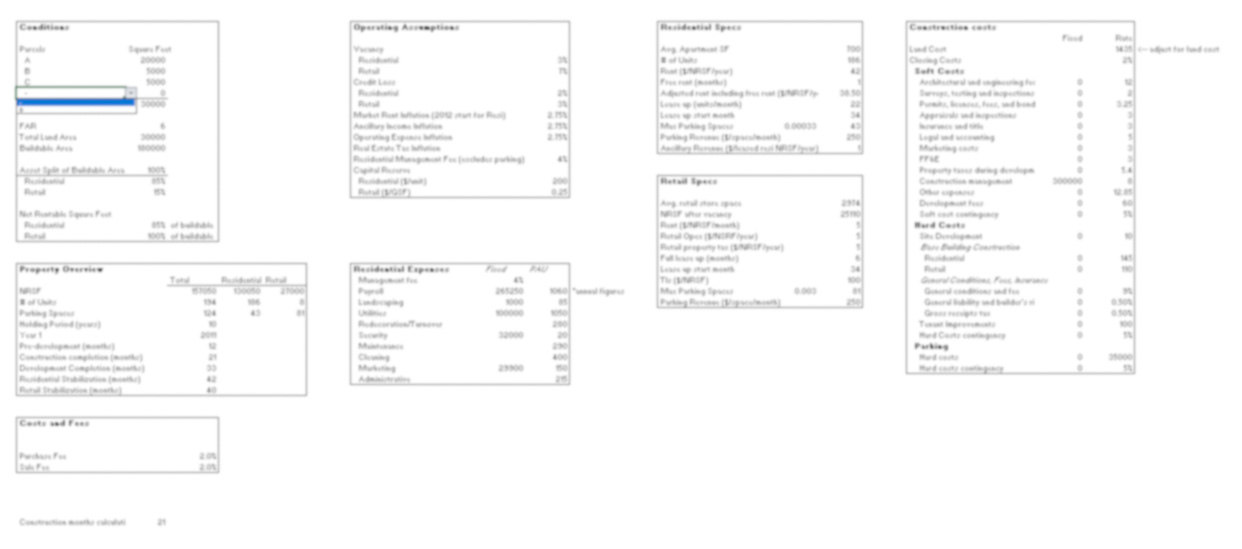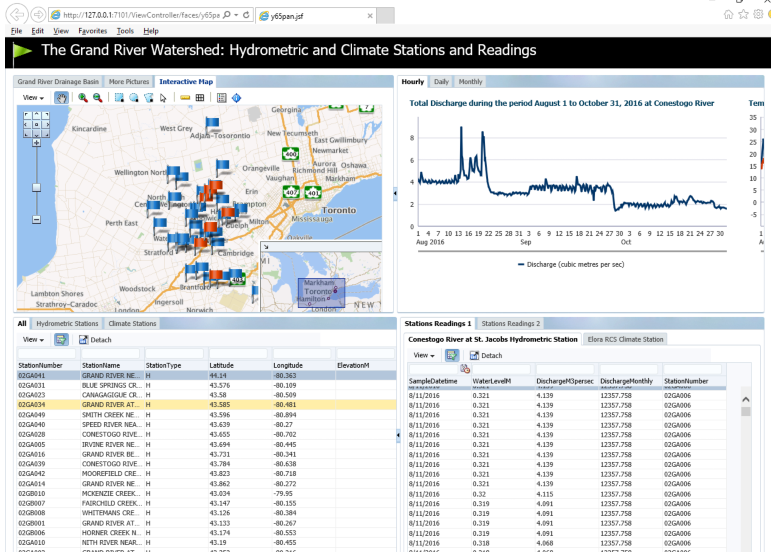David Pan

Chairman, World Ranking, Inc.
Academic background:
Spatial Informatics (MUSA'21 - Terminal)
RE Domain specialization
University of Pennsylvania (Penn)
yrpan@alumni.upenn.edu
David’s Portfolio of Spatial Informatics, GIS & RE Financial Modeling (Archived)
Note: This is an archived page of David’s Academic/ Early Professional portfolio, which is no longer in use. Our tech firm has little to do with Spatial Analytics, or RE Investments for that matter
Disclaimer: By downloading, accessing or using any content from this website, you agree that you are doing so at your sole risk, and for educational purposes only
Section Navigation:
- Sample Corporate Projects - Part I
- Spatial Informatics & GIS Modeling - Part I
- RE Financial Modeling
- Spatial Informatics & GIS Modeling - Part II
Not to be confused with David’s Portfolio of Conceptual Art & Design
Selected Corporate Projects & Exhibits
Selected from a number of comparable test-of-change and AI projects across the province and hailed as “The Gold Standard” by the Ontario Government, the state-of-the-art spatial prediction models and associated automated components were designed and programmed by David, the sole expert who represented Southlake & Ontario Health (SCOHT) at multiple interagency committees and working groups. Among the participants were ESRI and Carleton University Department of Health Informatics. The models enabled the automatic GWR modeling of any designated urban region, which resulted in local predictor significance (adaptively classified by the proxy statistic β coefficient/SE). Navigate the “Scrollable Instructions”” for more info on the project and how the proxy statistic should be interpreted.
The models were tested, independently evaluated, and successfully replicated in another urban region, which produced adaptive results and new insights for policymakers; worth noting was that urban areas were better generalized by the existing ONMarg Indicators than areas of suburban/rural setting. GWR performance also scales with the unit of measurement (generally, the smaller the better, e.g. block groups, if available, tend to produce more useful results than dissemination areas)
This adaptive spatial prediction model David designed allows RE investors to identify high-return RE investment opportunities in adjoining neighborhoods pending population growth in any designated urban region, in addition to generating reliable assessment figures for insurance companies and tax agencies (parameters such as regional inflation rate, 10-year risk-free interest rate, and construction cost psf can be auto-detected from the model inputs and plugged into predefined equations, given correct field names).
An example of an embedded interative web app built from scratch in JavaScript (JS), HTML and CSS by David. (note: there were slight modifications made by others in recent years).
David’s automated model/test selectors + modeling guide, among other productivity tools, were previously published on the Ivy League Education website TSL. This popular free tool, a.k.a. the “Quick Stats Helper,” has educated and helped academics, students and professionals alike as they engage in statistical modeling/learning; and was used by organizations such as Carleton University’s Health Sciences & Informatics Department
Selected Spatial Informatics & Advanced GIS coursework (theoretical & real-world based)
at the MUSA program of the Weitzman School (2020-2021)
Python, JS, R and SQL are the primary languages used
Selected Advanced RE Finance & Investment coursework (real-world based)
at the Wharton School (2020-2021)
†Sharing of models is currently prohibited, please contact Wharton Real Estate Department for permission to view/evaluate
Selected Spatial Informatics & GIS coursework (theoretical)
at UWaterloo, Specializations: City Planning, GIS & Real Estate Development (2014-2019)
- SLUCE2 LMM ABM Lab Report/ Von Thunen Land Rent Model (software-based) - PLAN 416: Modeling the City
Other relevant Spatial Informatics coursework at Penn (theoretical & real-world based):
-
Global Real Estate Development Suitability Model (programmed in JavaScript) Dec 2020
-
Point Pattern Analyses (NN, K-Functions), Philadelphia, PA (programmed in R) Dec 2020
-
SLR Real Estate Damage Prediction Model for New York City, NY (programmed in Python) Dec 2020
-
Machine Learning: Single-Family Home Price Prediction for Miami, FL (programmed in R) Dec 2020
-
NDVI and Urban Network Analysis, Philadelphia, PA (programmed in Python) Oct 2020 – Nov 2020
-
Global Cumulative Travel Cost Estimation (programmed in JavaScript) Oct 2020
DAVID’S PORTFOLIO OF SPATIAL INFORMATICS, GIS & RE FINANCIAL MODELING (2014-2021)
